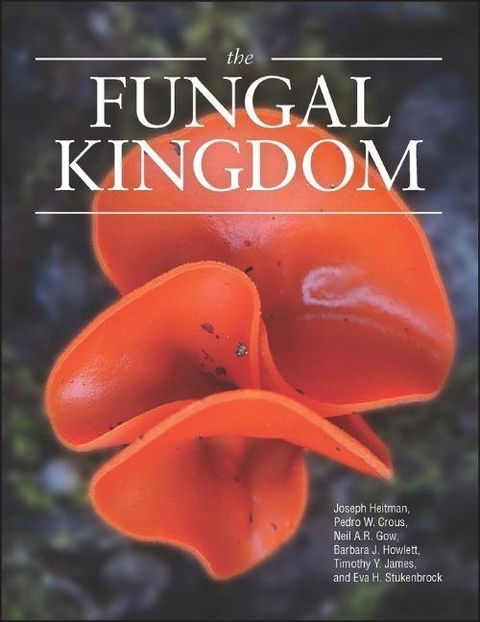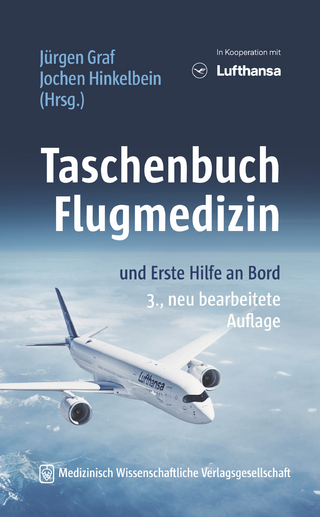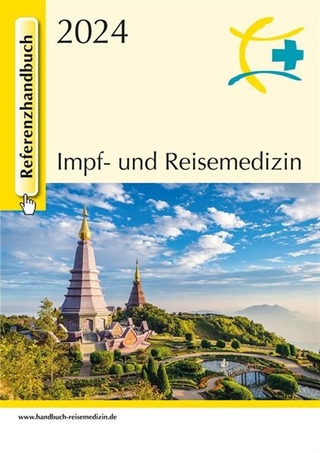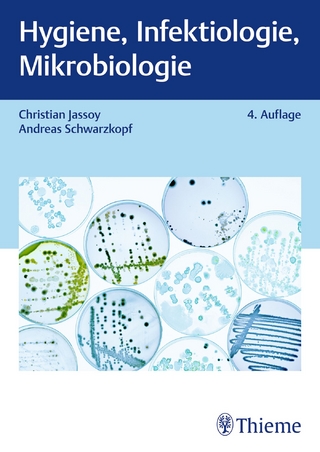
The Fungal Kingdom
American Society for Microbiology (Verlag)
978-1-55581-957-6 (ISBN)
The Fungal Kingdom is a rich collection of articles on all things fungi. These reviews present the latest fungal research and the impacts of fungi on agriculture, ecology, human health, and industrial applications as well as what lies ahead.
Department of Molecular Genetics and Microbiology, Duke University Medical Center, Durham, North Carolina, USA.
Section 1: Fungal Branches on the Eukaryotic Tree of Life
1. Realm and Classification of the Fungal Kingdom
Joseph Spatafora, John Taylor, and Rytas Vilgalys
2. What Fungal Traits Matter and How They Evolve
Lazlo Nagy and Tim James
3. What Defines the "Kingdom" Fungi?
Thomas Richards
4. Fungal Diversity Revisited: 2.2 to 3.8 Million Species
David Hawksworth, Robert Lucking, and Paul Kirk
5. Microsporidia: Obligate Intracellular Pathogens within the Fungal Kingdom Realm
Louis Weiss
Section 2: Life of Fungi
6. Fungal Sex: The Ascomycota
Richard Bennett and Gillian Turgeon
7. Fungal Sex: The Basidiomycota
Marco A. Coelho et al.
8. Fungal Sex: The Mucoromycota
Alex Idnurm and Soo Chan Lee
9. Sex and the Imperfect Fungi
Paul Dyer and Ulrich Kuck
10. Molecular Mechanisms Regulating Cell Fusion and Heterokaryon Formation in Filamentous Fungi
Jens Heller et al.
11. Cell Biology of Fungal Growth
Gero Steinberg and Meritxell Riquelme
12. The Fungal Cell Wall: Structure, Biosynthesis, and Function
Carol Munro and Neil Gow
13. Fungal Ecology: Principles of Competition and Colonization by Saprotrophic Fungi
Lynne Boddy and Jennifer Hiscox
Section 3: Fungal Ecology
14. Long-Distance Dispersal of Fungi
Jacob Golan and Anne Pringle
15. The Geomycology of Elemental Cycling and Transformations in the Environment
Geoffrey Gadd
16. Ecology of Fungal Plant Pathogens
Aad Termorshuizen
17. Key Ecological Roles for Zoosporic True Fungi in Aquatic Habitats
Frank H. Gleason et al.
Section 4: How Fungi Sense Their Environment
18. The Mycelium as a Network
Mark Fricker and Lynne Boddy
19. Nutrient Sensing
Mark Johnston et al.
20. The Complexity of Fungal Vision
Luis Corrochano and Reinhard Fischer
21. Stress Sensing
Alistair J.P. Brown et al.
22. Thigmo Responses: The Fungal Sense of Touch
Alexandra Brand and Mariana Cruz Almeida
23. Melanin, Radiation, and Energy Transduction in Fungi
Arturo Casadevall et al.
24. Marking Time: Conservation of Biological Clocks from Fungi to Animals
Jennifer Loros and Jay Dunlap
Section 5: Fungal Genetics and Genomics as Models for Biology
25. Target of Rapamycin (TOR) Regulates Growth in Response to Nutritional Signals
Ronit Weisman
26. Fungal Cell Cycle: A Unicellular versus Multicellular Comparison
Ilkay Doerter and Michelle Momany
27. A Matter of Scale and Dimensions: Chromatin of Chromosome Landmarks in the Fungi
Allyson A. Erlendson, Steven Friedman and Michael Freitag
28. Fungal Ploidy Changes
Anna Selmecki
29. Fungal Genomes and Insights into the Evolution of the Kingdom
Jason Stajich
30. Sources of Fungal Genetic Variation and Associating It with Phenotypic Diversity
John Taylor
31. RNAi in Fungi: Retention and Loss
Victoriano Garre and Francisco Nicolas
32. Fungal Prions
Daniel Jarosz, Heather True-Krob, and Sven Saupe
33. Repeat-Induced Point Mutation and Other Genome Defense Mechanisms in Fungi
Eugene Gladyshev
34. Plant Pathogenic Fungi
Gunther Doehlemann and Amir Sharon
Section 6: Fungal Interactions with Plants: Impact on Agriculture and the Biosphere
35. The Mutualistic Interaction between Plants and Mycorrhizal Fungi
Luisa Lanfranco, Andrea Genre, and Paola Bonfante
36. Lichenized Fungi and the Evolution of Symbiotic Organization
Mats Wedin and Martin Grube
37. Role of Effectors in Plant Disease
Richard Oliver and Pierre de Wit
38. Emerging Fungal Threats to Plants and Animals Challenge Agriculture and Ecosystem Resilience
Helen Fones, Matt Fisher, and Sarah Gurr
39. Fungi That Infect Humans
Julia Koehler et al.
Section 7: Fungi and the Human Host
40. The Mycobiome: Impact on Health and Disease States
Mahmoud Ghannoum and Pat Seed
41. Skin Fungi from Colonization to Infection
Sybren de Hoog et al.
42. Fungal Biofilms and Human Disease
Aaron Mitchell and Katherine S. Lagree
43. How the Vertebrate Immune System Recognizes and Attacks Fungi
Gordon Brown et al.
44. Antifungal Drugs: The Current Armamentarium and Development of New Agents
Gerard Wright, Nicole Robbins, and Leah Cowen
45. The Insect Pathogens
Ray St. Leger and Brian Lovett
Section 8: Fungal Interactions with Animals (Fungi, Insects, and Nematodes) and Other Microbes
46. Made for Each Other: Ascomycete Yeasts and Insects
Meredith Blackwell and Fred Dietrich
47. Nematode-Trapping Fungi
Xiangzhi Jiang, Meichun Xiang, and Xingzhong Liu
48. Host-Microsporidia Interactions in the Nematode Caenorhabiditis elegans
Emily Troemel
49. Bacterial Endosymbionts: Master Modulators of Fungal Phenotypes
Sarah J. Araldi-Brondolo et al.
50. Necrotrophic Mycoparasites and Their Genomes
Magnus Karlsson et al.
51. Lignin from Lignocellulose: Ligninolytic Enzymes and Applications of Lignin and Ligninolytic Enzymes
Scott Baker and Ronald de Vries
52. Fungal Enzymes and Yeasts for Conversion of Plant Biomass to Bioenergy and Higher Value Products
Gustavo Goldman and Lene Lange
Section 9: Fungi: Technology and Natural Products
53. Fungi as a Source of Food
Joelle Dupont et al.
54. Biologically Active Secondary Metabolites from the Fungi
Gerald Bills and James Gloer
| Erscheinungsdatum | 14.02.2018 |
|---|---|
| Reihe/Serie | ASM Books |
| Sprache | englisch |
| Maße | 234 x 285 mm |
| Gewicht | 2903 g |
| Themenwelt | Medizin / Pharmazie ► Medizinische Fachgebiete ► Mikrobiologie / Infektologie / Reisemedizin |
| Naturwissenschaften ► Biologie ► Genetik / Molekularbiologie | |
| Naturwissenschaften ► Biologie ► Mykologie | |
| ISBN-10 | 1-55581-957-5 / 1555819575 |
| ISBN-13 | 978-1-55581-957-6 / 9781555819576 |
| Zustand | Neuware |
| Haben Sie eine Frage zum Produkt? |
aus dem Bereich


